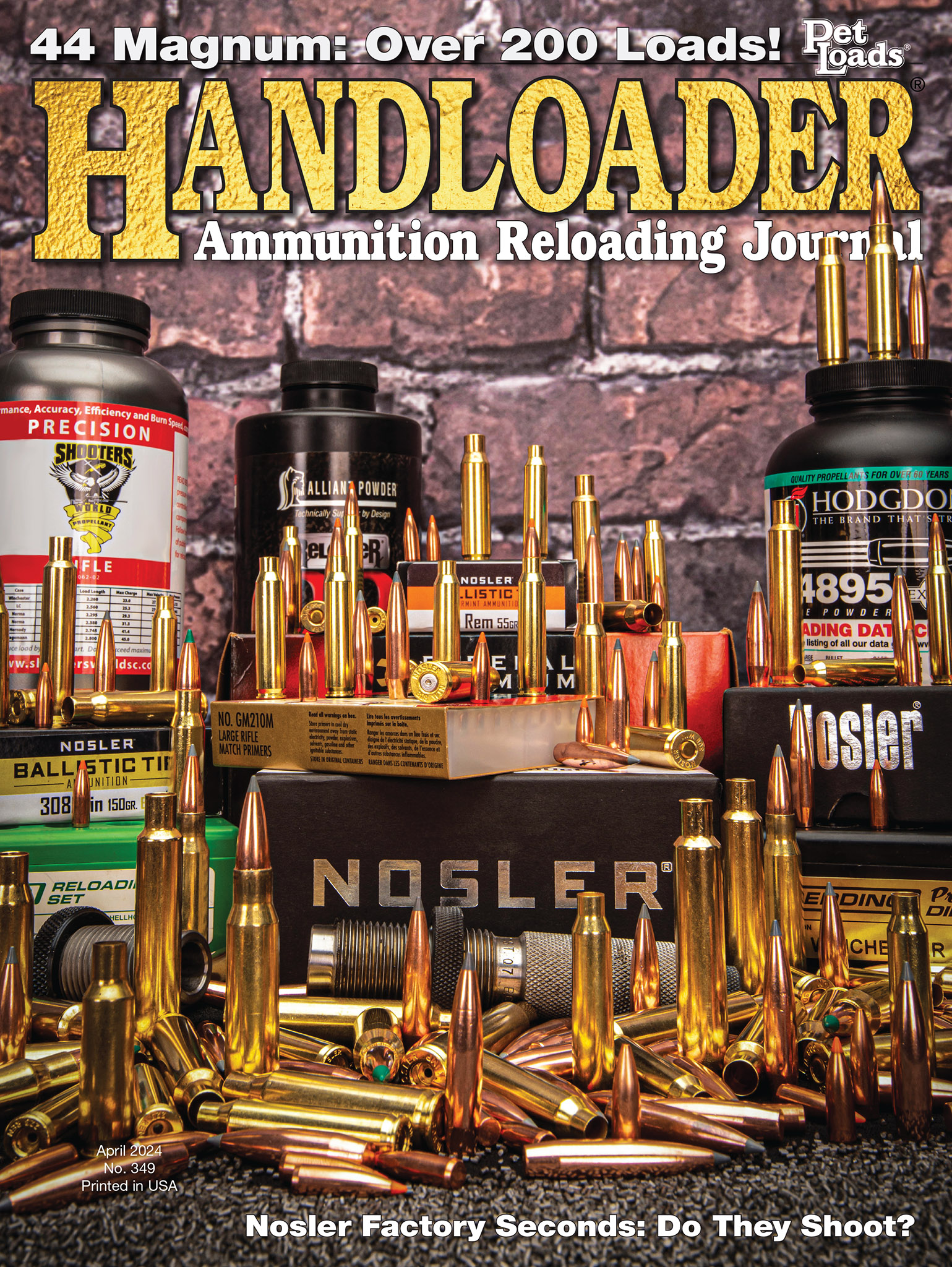44 Magnum
Rifle Loads
feature By: Brian Pearce | April, 24

The 44 Magnum was developed as a joint effort between Smith & Wesson and Remington and initially produced as a sixgun cartridge beginning in 1955, with production underway in 1956. This was primarily the result of Elmer Keith, an Idaho cowboy and gun writer (along with others) that prodded both of the above companies to offer a truly modern and powerful 44 sixgun and load. In the decades since, many handgun manufacturers have chambered double- and single-action sixguns, auto-loading pistols, single shots and derringers. It has enjoyed huge success with handgun hunters and guides, has been carried extensively for personal protection, has proven itself in target competitions, served for recreational shooting or anyone that needs a powerful handgun.

Firearm manufacturers were quick to recognize the potential of 44 Magnums in rifles and carbines that were offered as early as 1959. When fired from the longer barrels, it offers notably greater velocity (when compared to sixguns) and has earned an outstanding reputation as a short-range cartridge for hunting deer, elk, black bear and other big game including grizzly and brown bear (only with proper loads).
When loaded with bullets designed for deep penetration, it has taken heavy game including Cape buffalo, hippo and even elephant. While most Sporting Arms and Ammunition Manufacturers’ Institute (SAAMI) compliant ammunition companies offer excellent loads for defense or hunting deer-sized game, specialty companies such as Buffalo Bore, Garrett Cartridges and others produce loads containing heavyweight bullets that substantially increase terminal performance for heavier species. Naturally, handloaders can select components and assemble ammunition that performs ideally for applications that range from steel targets used in cowboy action competition to heavy-for-caliber bullets for large game. Through handloading, versatility can be hugely increased while saving money!
The 44 Magnum is not an overly powerful rifle cartridge, at least if we consider its paper ballistics and measure its effectiveness based on the universal method of foot-pounds of energy that is usually around 1,650 to 1,700. However, it offers big-bore performance that is somewhat deceptive when used on game.
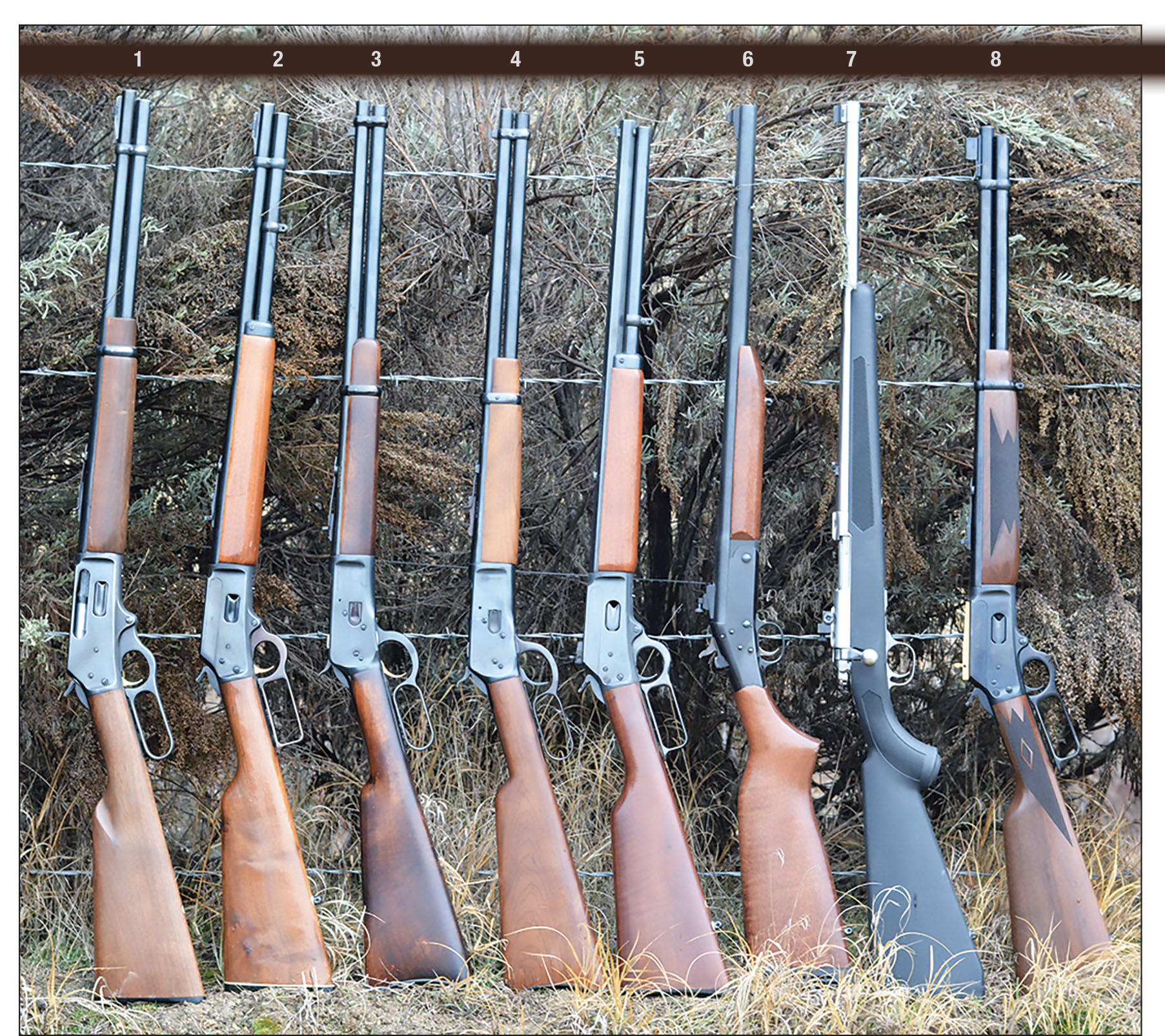
Hunters that have used big-bore straight wall cartridges in the field will attest to just how effective they can be as they deliver notable shock and large wound channels. In short, the 44 Magnum begins (at the muzzle) with a bullet diameter that is already as large as the popular 6.5 to .30-caliber bottleneck rifle cartridges hope to expand to. This feature combined with the deep penetration of solid bullets, including hard cast and jacketed solids with generous meplats, along with bone-breaking virtues, results in a very effective cartridge that can penetrate several feet on heavy species, easily reach the vitals and often exit (which is desirable).
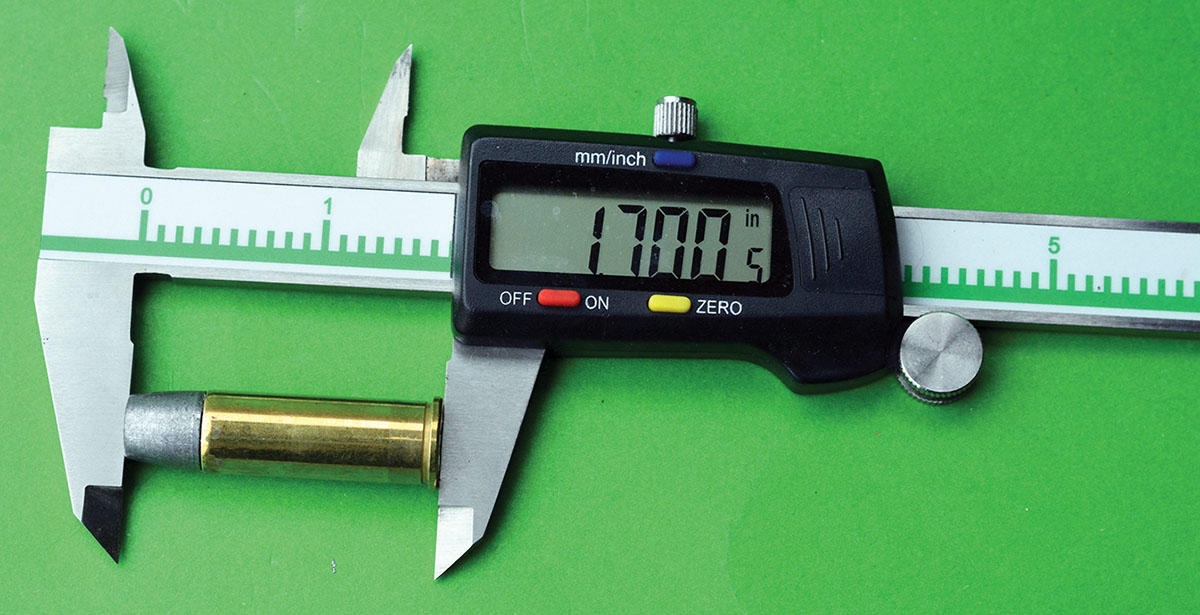
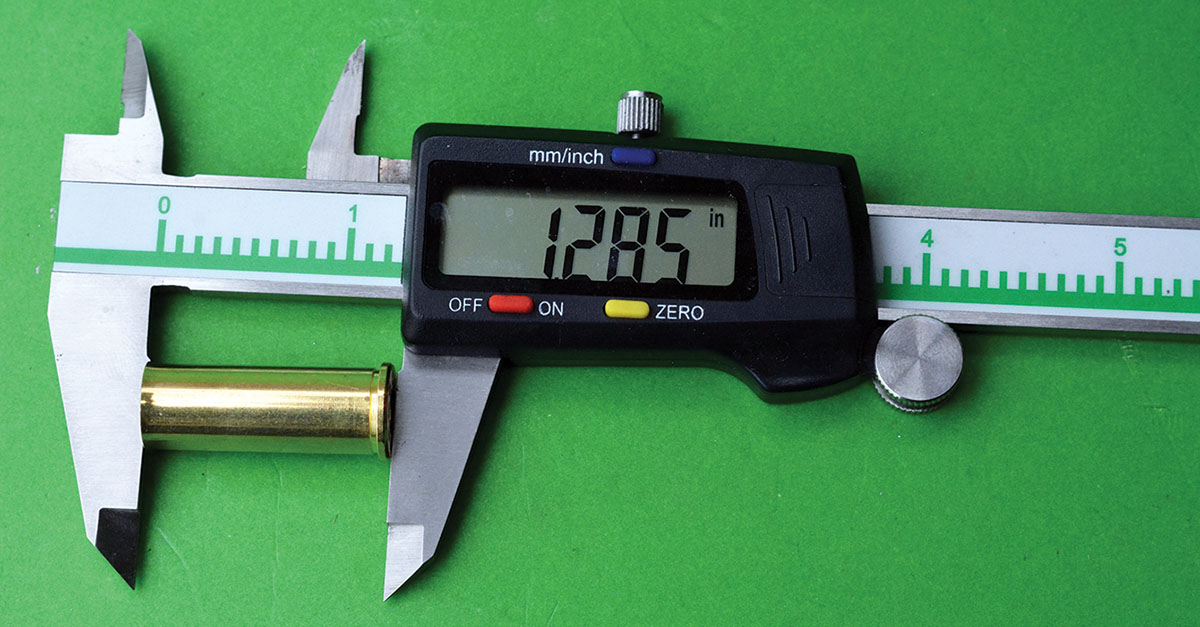
With that thought in mind, the old Taylor Knock Out (TKO) formula (caliber x bullet weight, x velocity divided by 7,000) is a good measurement to determine the effectiveness of straight wall, big-bore cartridges in the field. Generally, 44 Magnum rifles with 240- through 320-grain bullets will have a TKO value of 26 to more than 30. This exceeds many popular bottleneck deer and elk cartridges. Naturally, the 44 Magnum is not suitable (and cannot compare) for long-range hunting, but is very effective when kept within respected limits. I have personally used it on deer, elk, black bear, varmints and diseased livestock and can attest to its effectiveness. But again, it is hugely important to match bullet performance to the task at hand. In other words, don’t use a rapid expanding whitetail bullet on big bears, etc.

Soon after its introduction, several gunsmiths offered custom-built 44 Magnum carbines mostly based on converted Winchester Model 1892s, but Ruger was the first to offer a regular production autoloading rifle known as Model 44 Standard Carbine (later known as Deerstalker) in 1959. In 1963, Marlin offered its popular Model 336 levergun (aka 336-44) chambered in 44 Magnum, but by 1969, Marlin reintroduced its great 1894, which was more compact, lighter, handsome and has become hugely popular.
During the 1960s, Winchester offered the Model 94 and Remington the Model 788 bolt action to try and compete, but by comparison, both had limited sales and were soon discontinued. Around 1978, Browning offered the B-92 produced by Miroku in Japan. All of the above guns featured a 1:38-inch barrel twist rate (more on that in a moment).

n the decades since, more and more rifles have been chambered in 44 Magnum, including the Ruger Model 96, 77/44, the recently introduced Ruger-manufactured Marlin 1894, USRAC/BACO Japan produced Miroku variants of the Model 1892 and Model 1885 Low Wall Traditional Hunter, Henry Repeating Arms in many lever-action configurations, Brazilian-manufactured Rossi/Puma Model 92, Italian-manufactured Chiappa/Armi Sport Model 1892, Winchester (reintroduced) the 94/94AE, while Harrington & Richardson, New England Firearms and Thompson Center Arms offered U.S.-manufactured single-shot rifles (with several other lesser known rifles being omitted).
The general trend has been to increase barrel twist rates, but not all companies have joined in. Earlier Henry rifles featured a 1:38 twist, but have now been changed to a 1:20 twist. Currently Rossi/Puma uses a 1:30 twist. Miroku/Winchester rifles feature a 1:26 twist rather than the previous 1:38 twist found on Miroku-produced Browning carbines. The Ruger 77/44 and Ruger-produced Marlin 1894 are fitted with 1:20-inch barrels. The discontinued Winchester 94AE features a 1:26 twist. Chiappa/Armi Sport rifles feature a 1:20 twist along with the Thompson Center Arms G2 Contender.

To give barrel twist a proper discussion would necessarily be an article within itself, however, suffice it to say that I have obtained excellent accuracy with all of the above twist rates, but twist rates should be matched to proper bullet weights. In addition to testing all of the above rifles and twist rates, I have also experimented with custom barrels with twist rates as fast as 1:16 in conjunction with handloads containing bullet weights ranging from 180 grains to 340 grains.
Generally speaking, the 1:20 will give the most satisfactory results with all bullet weights (and velocities) from 180 to 320 grains, but the current Miroku twist of 1:26 also offers good versatility and accuracy. Nonetheless, the older 1:38 twist can give outstanding accuracy if the barrel is of proper quality and is dimensionally correct (which is mentioned as some barrels have been observed with excessively large groove diameter).
Generally, the slower twist barrels are best with bullets ranging from 180 to 280 grains, but I have seen a couple of rifles give respectable accuracy with 300-grain bullets.

I have a late 1990’s-era Marlin 1894CB Carbine with 1:38-inch Ballard-style rifling that is consistently capable of producing near 1-inch groups at 100 yards with both jacketed and cast bullets weighing 240 to 280 grains. Likewise, a Ruger 77/44 has proven capable of 1-inch groups with several loads containing 240-, 255-, 265-, 270- and 300-grain bullets. Also, in working with a custom-built Marlin Model 1894 fitted with a 1:20-inch twist, it has given excellent accuracy with 200- to 320-grain jacketed and cast bullets.
Rifles vary significantly in the overall cartridge length that will feed or cycle through the action. Maximum 44 Magnum cartridge length per SAAMI is 1.610 inches and many rifles are designed specifically for cartridges of that length and will not function with cartridges that exceed that figure, such as the Ruger 77/44, most replicas of the Winchester Model 1892 including Rossi, Chiappa/Armi Sport, Miroku and Cimarron (Uberti) Model 1873. However, other rifles will feed cartridges that are notably longer. For example, beginning in 1973, the Marlin 1894 featured a redesigned carrier that allowed it to reliably feed cartridges that measure 1.710 inches. The Winchester 1894AE will also reliably feed cartridges of that length and usually even longer.

For today’s purposes, three Marlin Model 1894s each with a 20-inch barrel were used to develop the accompanying data. The first was a 1970’s era with a 1:38 twist Micro-Groove barrel, the second was a 1990’s era Cowboy Limited with a 1:38 Ballard-style rifling and the third is a Ruger produced carbine with the 1:20 twist. Be certain to select load data that has an overall cartridge length that corresponds with your rifle.
For many years, industry standardized maximum pressure of the 44 Magnum was 43,500 CUP, however, SAAMI currently lists the maximum average pressure at 40,000 CUP, or 36,000 psi. Most of the accompanying data has been tested and is within those limits.
Most ammunition manufacturers that are members of SAAMI list 44 Magnum ballistics with a 240-grain jacketed bullet from a 4-inch vented barrel at 1,180 to 1,290 fps. However, in most production revolvers with a 4-inch barrel, the actual velocities run around 1,250 to 1,300 fps. In 20-inch “rifle” barrels the above loads are listed with a velocity of around 1,760 fps, which is close to actual velocities when fired from sporting rifles with a 20-inch barrel. Factory ballistics are relatively easy to duplicate through handloading and accuracy can generally be improved. For example, Hornady offers the 240-grain XTP (.430 inch), Nosler the 240-grain Sporting Handgun in JHP and JSP configurations (.429 inch), Sierra the 240-grain JHC (.4295 inch) and Speer produces the 240-grain Deep Curl HP and SP bullets (.429 inch). All of the above bullets are especially high-quality and offer different types of field performance.
With the different bullet diameter options, combined with load development, accuracy can almost always be improved over factory loads. Furthermore, its relatively easy to duplicate factory load velocities (and even exceed it) using popular magnum revolver powders including Accurate No. 9, No. 11FS, Alliant 2400, Power Pro 300-MP, Hodgdon H-110, Ramshot Enforcer and others.
There are some interesting lightweight jacketed bullets that are noteworthy. For example, for those wanting top velocities, Hornady offers the 180- and 200-grain XTP bullets, Nosler the 200-grain Sporting HG, Speer the 200- and 210-grain Gold Dot HP and Sierra the 180- and 210-grain JHP-style bullets. As can be seen in the accompanying table, velocities easily reach 2,000 to more than 2,200 fps and can offer spectacular expansion qualities on coyotes, rockchucks and similar varmints.

The 225-grain Hornady FTX bullet was designed for deer hunters and features a spitzer profile with a rubber tip to permit it to be used safely in tubular magazines. This bullet boasts of highly reliable expansion, due to its jacket design and rubber tip to facilitate expansion, and can be pushed to more than 1,800 fps using Hodgdon H-110 and Accurate No. 9 powders. However, due to its cannelure placement, cases are normally trimmed to 1.255 inches to obtain proper overall cartridge length and allow proper feeding for all rifles, but trimming is not necessary for rifles designed to accept cartridges with an over-all length of 1.710 inches. Heavy-for-caliber bullets include the Hornady 265-grain Interlock FP and 300-grain XTP, both excellent choices for hunting.
For rifles that require cartridges to be within SAAMI maximum overall length, the latter bullet should be crimped in the upper crimp groove for a 1.600-inch cartridge length.
Unfortunately, if the lower crimp groove is used, the overall loaded length exceeds the 1.710-inch length limit even preventing its use in the Marlin 1894, but it can be used in most single shots and the Winchester 94AE.
The Speer 270-grain has been used on big game by this hunter and its performance is impressive; however, its crimp cannelure is intended to keep it within SAAMI length specifications to allow it to work in all rifles, so seating bullets out to increase powder capacity is not an option. The Cutting Edge 240-grain Solid is an interesting option, as it features true solid construction for deep penetration on tough game, a .295-inch meplat for an impressive wound channel and its accuracy was outstanding! It also shoots to a similar point of aim as most 240-grain JHP-style bullets for some degree of interchangeability.
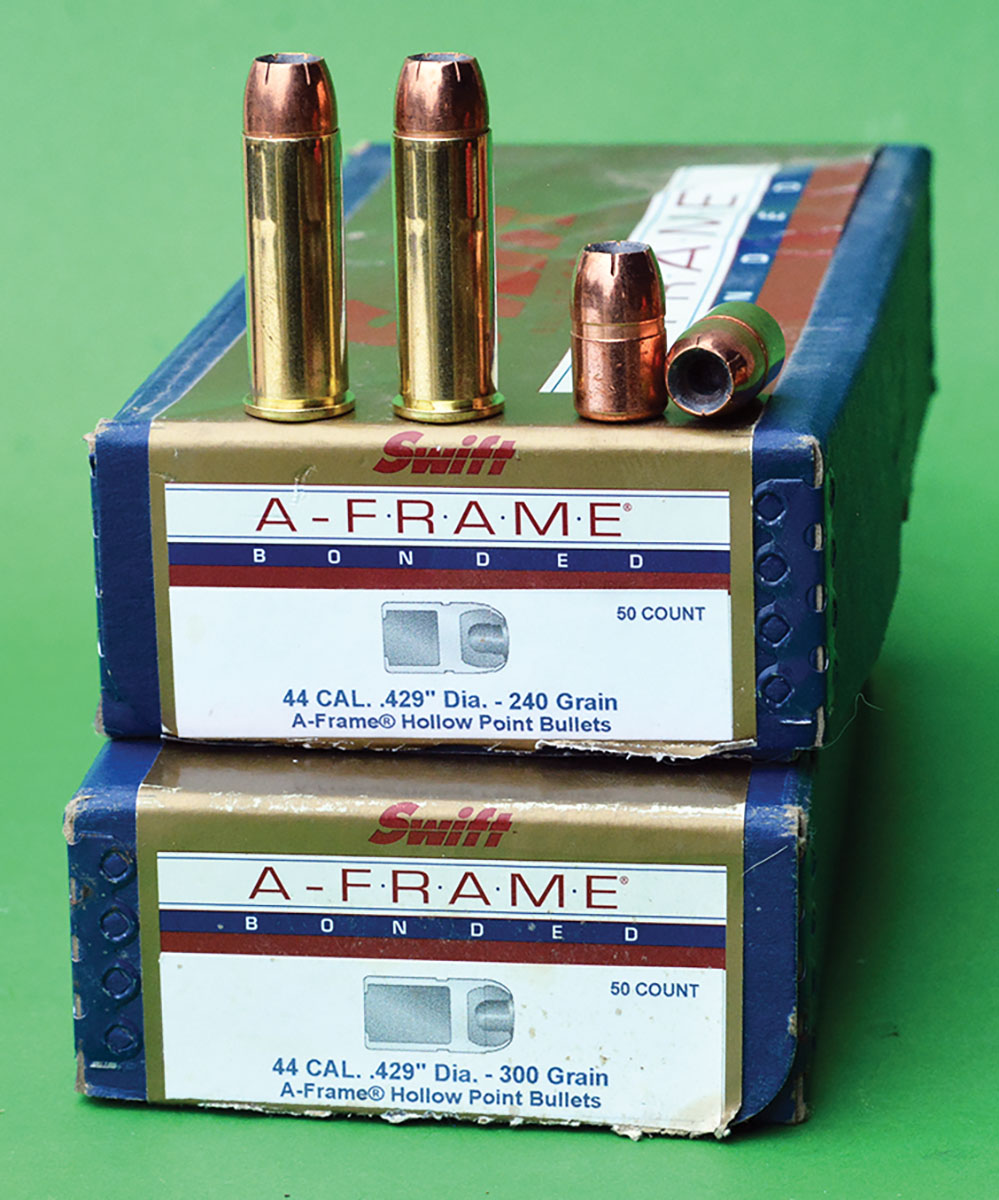
This shooter has tested a variety of cast bullets weighing from 200 to 320 grains in more than 20 44 Magnum rifles and with all twist rates from 1:16 to 1:38 inch, which generally perform very well. This included rifles with cut-rifled barrels, hammer forged, Micro-Groove (and variants) and Ballard-style rifling. However, to achieve proper performance, it is important to size bullets to correspond with a rifle’s groove diameter and use bullet weights that are appropriate for the twist rate (as described above). In checking groove diameter, barrels have been slugged and measured as small as .429 inch, while others have measured over .433 inch! Generally, bullets should be sized .001 inch over the groove diameter. Using premium cast bullets of proper design, with proper powder charges and exercising care in assembling cartridges, an accurate rifle will often produce 1- to 2-inch five-shot groups at 100 yards.
A great cowboy action and plinking cast bullet (with modest cost) is the Rim Rock 240-grain Cowboy RNFP that gave respectable accuracy in all rifles. However, velocities were limited to 1,500 fps. Incidentally, its overall cartridge length allows it to function in all rifles.
The original Lyman Keith 250-grain bullet No. 429421 is a great choice that performs well on game and is accurate, but its overall length of nearly 1.700 inches will not allow it to feed in all rifles. Plus, being a plain base design, it should be cast with a 1:14 or harder when pushed to magnum velocities. The Lyman Thompson 220-grain No. 429215 and 262-grain No. 429244 bullets feature gas checks and have proven to give top-notch accuracy, but both exceed the 1.610-inch SAAMI overall length. Heavy-for-caliber cast bullets, such as the 290-grain Rim Rock SWC with gas check, 305 Rim Rock LBT-WFN with gas check, 310-grain SWC with gas check from RCBS mould No. 44-300-SWC and variations of the 320-grain LBT LFN bullets, can all perform very well in rifles with 1:20- to 1:26-inch twists and are great choices for heavy game, but again, their overall length generally limits them to Marlin 1894, Winchester 94AE and single-shot rifles.
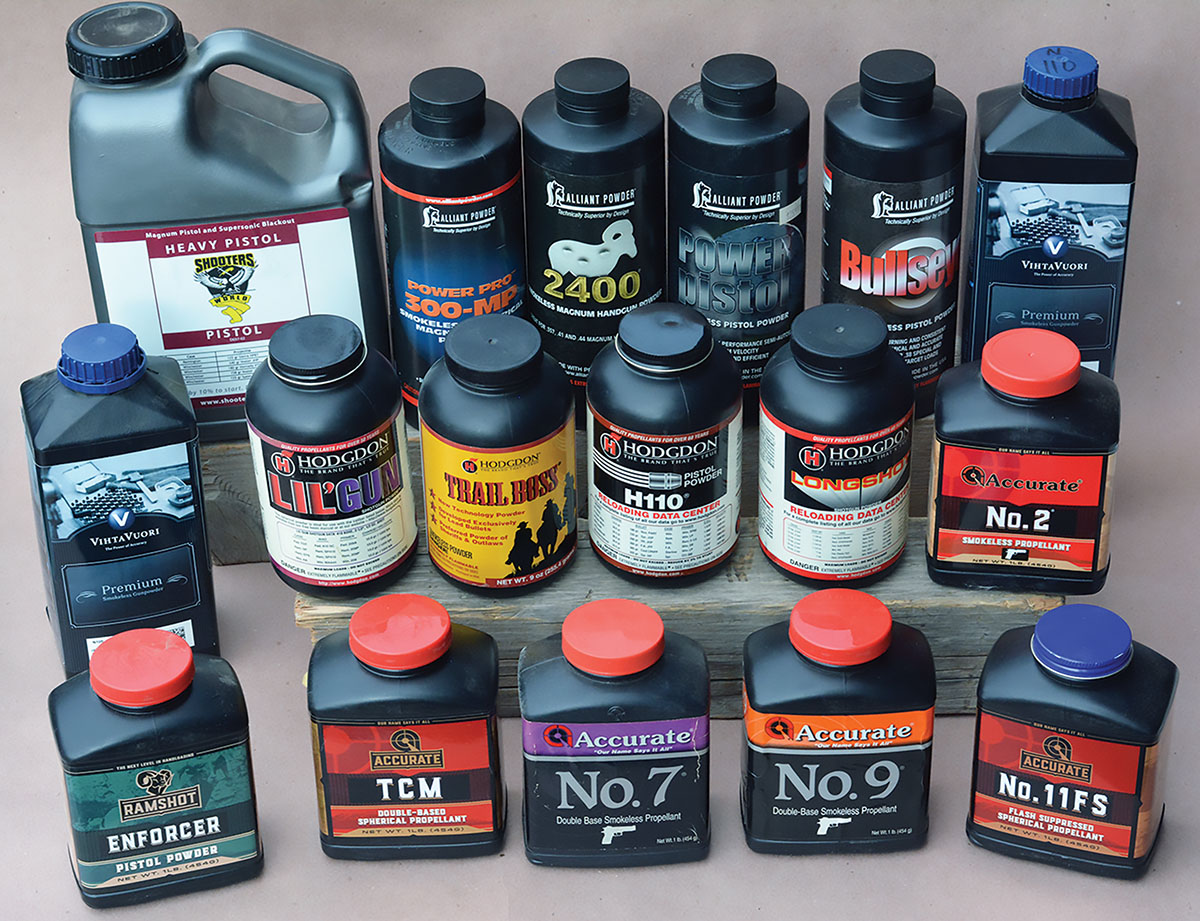
All loads were assembled in new Starline cases (that often give notably less pressure than other cases) that were full-length sized using a Redding Dual Ring Carbide die and then neck expanded with a Lyman die featuring a .425-inch expander ball. Bullets were seated and then roll crimped (with Lyman seat/crimp die) with a maximum allowable crimp based on the design of each bullet.
The 44 Magnum is relatively easy to develop top-notch handloads. It is potent, efficient, accurate, and capable of taking game ranging from grouse to grizzlies.
.jpg)
.jpg)
.jpg)
.jpg)


